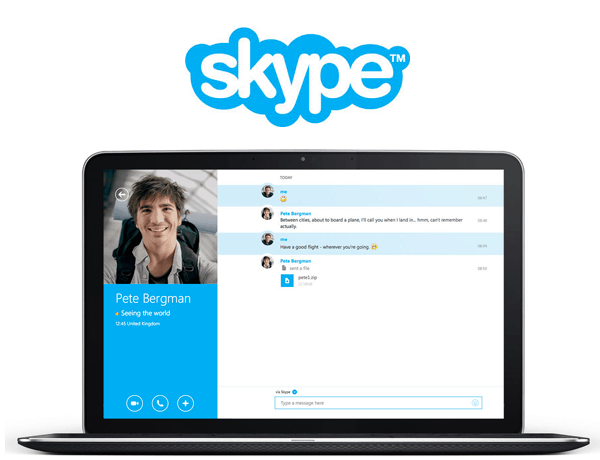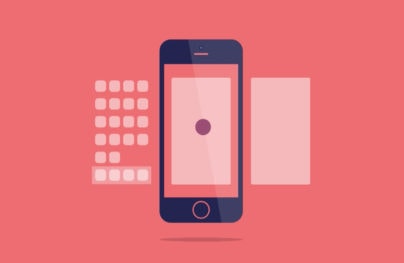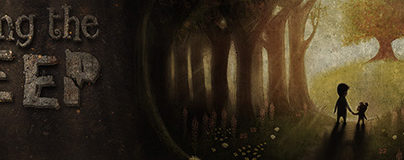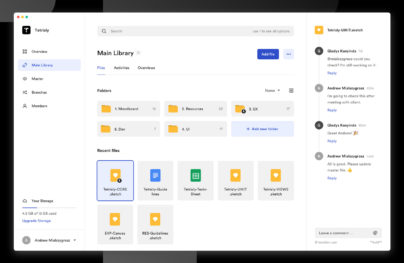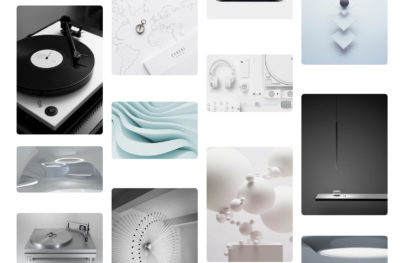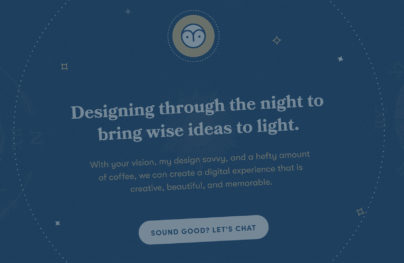Design From a Distance: Keep Clients and Colleagues Happy From Afar
In this age of touchscreen devices and ever-present access to digital media, we find ourselves able to work effectively and efficiently away from the traditional office setting. It’s easy to forget that just because we are able to manage ourselves effectively in an autonomous environment, we shouldn’t neglect to correspond and engage with our clients, just as much as we would if we were in a more traditional office environment.
The fact you may be working in another town, city (or in my case, country!) than clients, should really mean you put extra onus on ensuring clients don’t feel isolated from you or unable to contact you whenever they need to.
If you’re a fully fledged, experienced freelance designer or developer who has been out of the office environment a while, it can be easy to forget that the attitude to your own particular working arrangements can vary wildly, depending on the client. In the past few years I’ve experienced clients who are forward thinking, modern and happy to work with agencies in different countries. I’ve also experienced (very recently) clients who aren’t even willing to work with a designer who isn’t able to work from the same room, let alone a different time zone!
Apps at Your Disposal
Thankfully there are numerous applications and tools available that make working with clients (even on the other side of the world) a whole lot easier. I’ve listed a few of the apps below, which I find indispensable for managing projects and clients at a distance.
Skype
Utterly invaluable. I’m not even sure how I would manage without Skype; it’s simply the easiest and cheapest way to stay in touch with you clients no matter what side of the plant you’re working on. The conference call and screen share features make this an essential app for any budding freelancer.
With Postcards Email Builder you can create and edit email templates online without any coding skills! Includes more than 100 components to help you create custom emails templates faster than ever before.
Free Email BuilderFree Email TemplatesGoogle Docs

Google doesn’t have much wrong with their suite of free and paid online applications, and the cloud-based nature of Google Docs allows you and clients to collaborate on documents from anywhere in the world in real time. It’s the little details that make a difference, such as being able to arrange conference calls and take into account time differences automatically (a feature that’s saved me some minor embarrassment on several occasions!)
Basecamp
Basecamp is one of the most complete and in depth solutions you’ll come across, although it’s better suited for small- to medium-sized businesses than freelancers. Like most project management tools, the challenge is ensuring the client also uses it as intended, something that normally requires some coaxing in the initial stages of a project! The UI does look a little dated now on Basecamp classic mode, but it’s there for a reason – people find it easy to use and an essential part of their daily client and project management.
Toggl
If Basecamp seems like too much for you, then Toggl is an excellent tool for accurately keeping track of billable client time. The basic version is free, which I’ve used. The full version is $5 a month, so if you feel you require something a bit less in depth than Basecamp, then Toggl should be your natural choice.
Flatsi
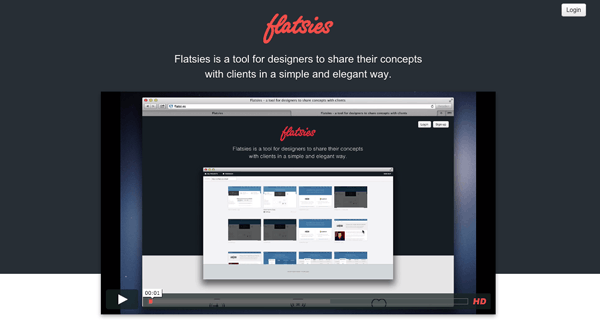
There is a plethora of concept-sharing applications available, but for me Flatsi is still one the best. The UI is simple and elegant and the application is very simple to use. I now find concept sharing applications an essential part of my job, and with Flatsi you can start, manage and receive client feedback on a design project in a matter of minutes.
With Startup App and Slides App you can build unlimited websites using the online website editor which includes ready-made designed and coded elements, templates and themes.
Try Startup App Try Slides AppOther ProductsMarqueed
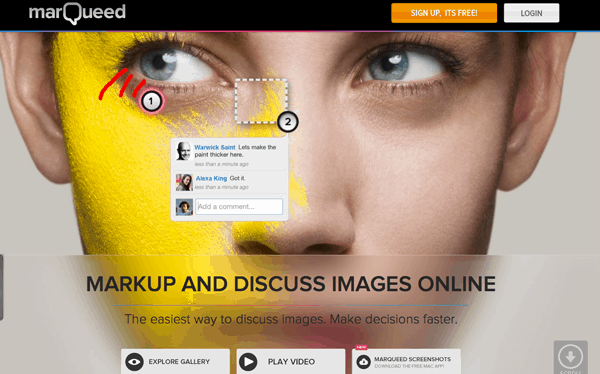
I’ve included Marqueed because it’s free and is so simple to use. If you want to be able to upload images quickly and discuss them with a client, then Marqueed is the application for you. I love the synchronicity of the tool – why bother having an overly long email thread, which you have to fish through weeks later, only to find out what color a button should have been? Marqueed lets you can collaborate with a client, on any image uploaded or online and have it saved in an easy and secure place, so you can refer back to the comments at any time.
Trello
Trello is a useful visual online collaboration project management tool. Trello is slightly different in its approach, using a Pinterest style board where you create boards with tasks and priorities. Users are encouraged to review their task boards every morning and update accordingly. You can use Trello as an individual or as part of a group, either way; it’s a great way of organizing the workweek.
Invision
Invision is a slick, smart and essential prototyping, collaboration and workflow platform. Used by some of the biggest names, from eBay to Adobe, Invision allows for rapid prototyping on any device and a fluid approach to demonstrating concepts with clients. Boasting a very large community and ever improving functionality, Invision may be the essential choice for managing your creative workflow in the future.
Tools Are Only Useful in the Right Hands
All of the above apps are great and can really help with your workflow, however the most powerful tool that you’ll have at your disposal, will actually be … you!
Sometimes as designers we can tend to be a bit introverted, and especially so if we’re working out of an office environment on our own, it’s even more important that you not only use apps, but also speak to clients on a regular basis. This creates a stronger personal bond and is the best opportunity you’ll have to glean important information from clients that could have a huge effect somewhere down the line.
A simple, initial short phone or Skype call can quickly lead to a client revealing ideas about all types of subjects, which can greatly influence design decisions you make as a project progresses. What better way to ensure a job reaches a satisfactory conclusion, than incorporating some of a clients thought processes and ideas based on an earlier conversation? This will convince the client that you value their opinions and are always taking notes.
What We Can’t Do
We can’t turn up to meetings in person on a client’s whim. Many clients who are part of large organizations will have meetings about everything you will design, from the color of buttons to placements of social media links. In a previous design position I held at a large UK digital agency, it was commonplace to attend meetings on site, several times a week with large groups, just to discuss items that really could have been discussed just as easily over a call or email. It’s important to establish ground rules up front with your client if your location will cause such issues.
Attitudes and Education
In previous generations, working autonomously was somewhat of a rarity, especially compared with the age we now live in. With the amount of devices and points of contact we have at our disposal it’s easier than ever before to communicate effectively with a client from a distance; although it’s up to you, as the designer, to ensure the client feels valued and confident in your abilities to design from a distance.
